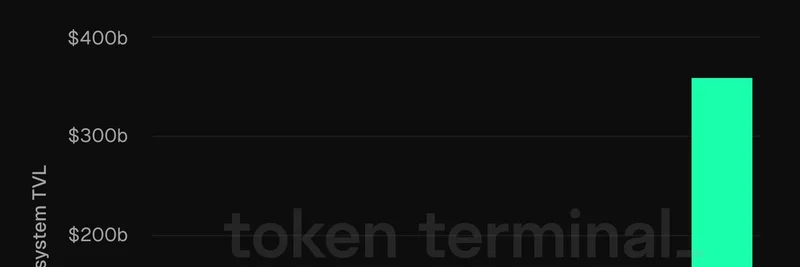In the fast-paced world of cryptocurrency, where innovation meets volatility, a recent tweet from Danny Nelson, a research analyst at Bitwise Invest, has sparked some intriguing discussions. He posted: "Looping strategy implosions at this stage are – believe it or not – a good thing over the long term." (source). At first glance, this might sound counterintuitive. After all, who celebrates failures? But let's unpack this and see why it makes sense, especially in the context of meme tokens and broader blockchain ecosystems.
First off, what's a "looping strategy" in crypto? Think of it as a clever but risky way to amplify your returns in decentralized finance (DeFi). You start by depositing an asset as collateral on a lending platform like Aave or Compound. Then, you borrow against it, use that borrowed amount to buy more of the same asset, deposit it again, and repeat the process. This "loop" can multiply your exposure—say, 3x to 5x—and boost yields from things like staking or farming. It's like using leverage in traditional finance, but on-chain and automated. However, if the market dips, liquidations can wipe out your position in a flash, leading to what Nelson calls "implosions."
These implosions aren't new. Back in 2023 and 2024, we saw looping strategies rake in massive gains, with some traders reportedly making $120 million by looping Ethereum-based assets (DL News). Fast forward to 2025, and looping has exploded in popularity, making up a third of DeFi activity according to recent reports (DL News). With real-world assets (RWAs) entering the mix, like tokenized treasuries or bonds, looping is even tying traditional finance to crypto (CoinDesk).
But why are implosions a good thing now? We're in a maturing phase of the bull market, where hype often outpaces fundamentals. When these leveraged positions blow up—due to sudden price swings or oracle failures—it acts like a natural market correction. It shakes out overleveraged players, reduces systemic risks, and encourages better risk management tools. Remember the 2022 crypto winter? Crashes like Terra's implosion taught the industry hard lessons, leading to more robust protocols today. Similarly, current looping failures could pave the way for safer, more sustainable DeFi practices.
Now, how does this tie into meme tokens? Meme coins, like those inspired by internet culture or viral trends, are notoriously volatile. Traders often use looping to supercharge bets on tokens like DOGE derivatives or new Solana memes. When prices pump, yields skyrocket; but a quick dump can trigger mass liquidations, imploding entire strategies. This might seem disastrous short-term, but long-term? It weeds out pump-and-dump schemes, rewards projects with real community value, and attracts more institutional interest. As meme ecosystems evolve, these shakeouts help build a knowledge base for practitioners—learning from failures to create resilient tokens that aren't just hype machines.
At Meme Insider, we're all about demystifying these trends. If you're diving into meme tokens, consider starting with low-leverage strategies and always DYOR (do your own research). Implosions might sting, but they're the crypto world's way of evolving. What's your take—have you seen looping in action? Share in the comments below!


